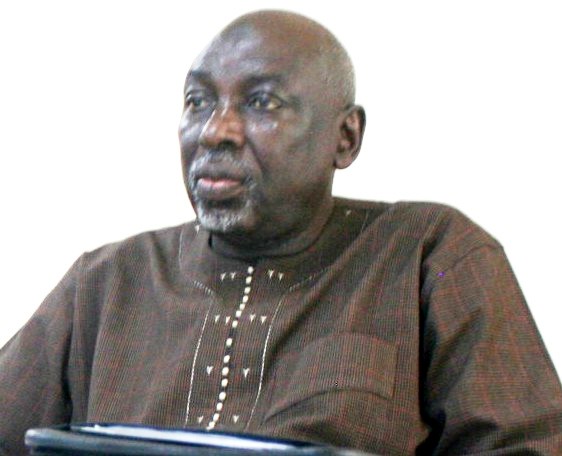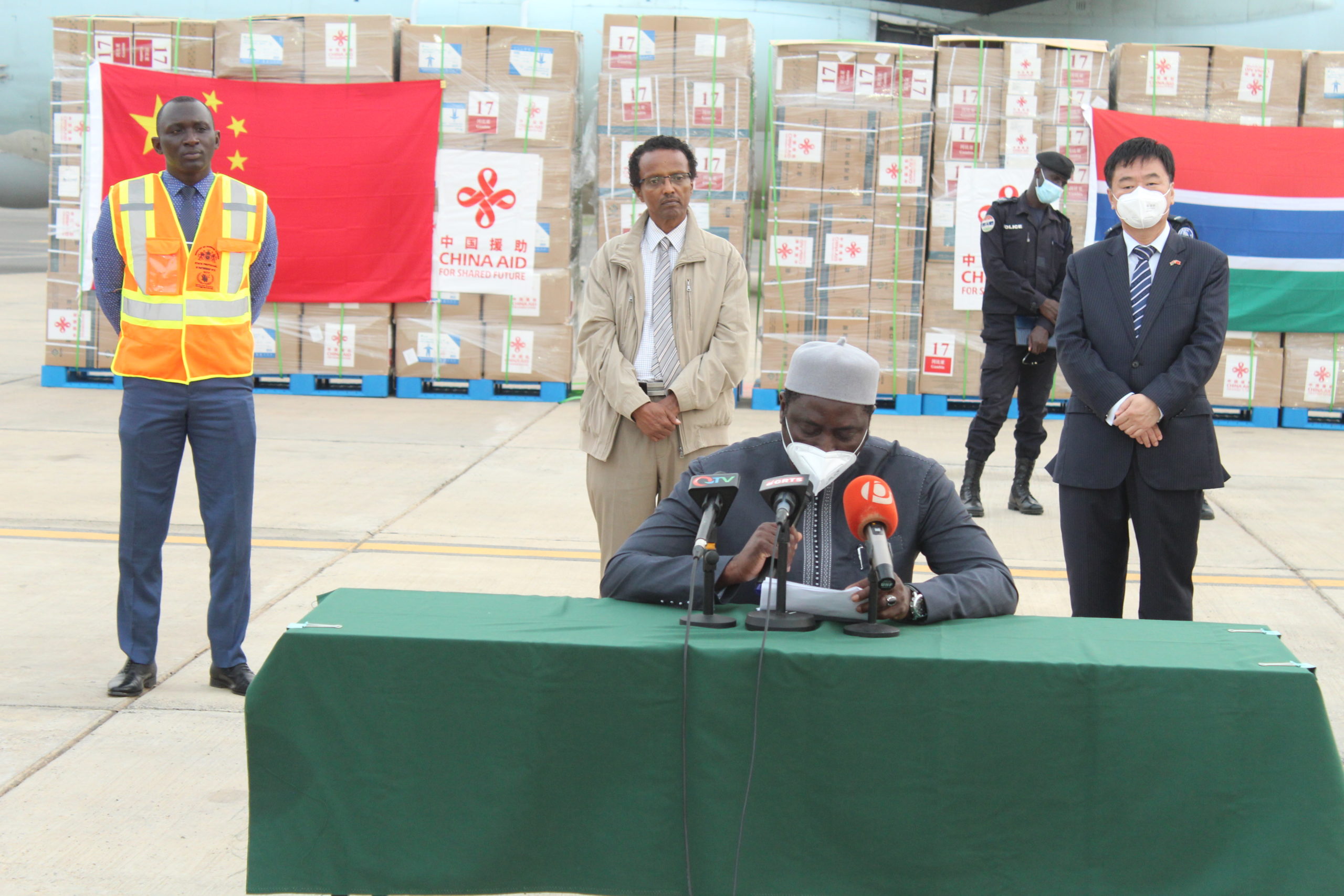By Yunus S Saliu
The Head of School, Institute of Travel and Tourism of The Gambia (ITToG) has harped on the negative impact of Covid-19 on Gambia tourism since the outbreak of the pandemic which he said is making the industry facing an estimated total loss of about US$184 million (One Hundred and Eighty-Four Millions Dollar).
This above figures does not include VAT, fuelling and not to mention the SMEs who are key players in the sector.
Sheikh Tejan Nyang noted that the industry in recent time started experiencing the setback from the collapse of Thomas Cook, Operation 3 Years Jotna, and to the present devastating coronavirus pandemic “which has brought the entire tourism industry at a standstill.”
He discussed the negative impact the pandemic is having on the Gambia tourism saying “hotels, tour operators, restaurants, airlines, suppliers and employees are just a few of the hardest hit that suffer the most immediate repercussions, as the outbreak is occurring during the winter months, the busiest travel season,” he said.
As per estimated arrival figure he explained that “estimated arrival figure for this season was estimated to be 289,000 and the drop in the number of arrivals due to outbreak is estimated at 101,930.”
He continued that “estimated revenue loss due to ground handlers, landing fees, lighting, temporal air services due to Civil Aviation and other charges from projected arrival figures amounts to US$8.3 million. All these amounts are lost revenue that was due to GIA, GCAA, NCAC and GTBoard.”
Still on the breakdown, he stated that the average out of pocket expenditure is estimated at US$924 per tourist, “given that the shortfall in the arrival figures is about 101,930 the estimated loss is US$94,183,320.”
“The estimated total loss is about US$184 million, which does not include VAT, fuelling and not to mention the SMEs who are key players in the sector,” he added.
On hotels, he explained that average of 24 hotels (industry average full occupancy 95%), variance 46% (industry present average occupancy 49%). This he noted that in monetary terms the variance of 46% at an average room rate of USD90m given the fact that the anticipated arrivals is pegged at a conservative figure of 200,000.
Meanwhile, according to the National Development Plan – 2018/2021, “tourism is a major contributor to the national economy accounting for 12 – 16 per cent of Gross Domestic Product (GDP), supporting over 35,000 direct and 40,000 indirect jobs.”




